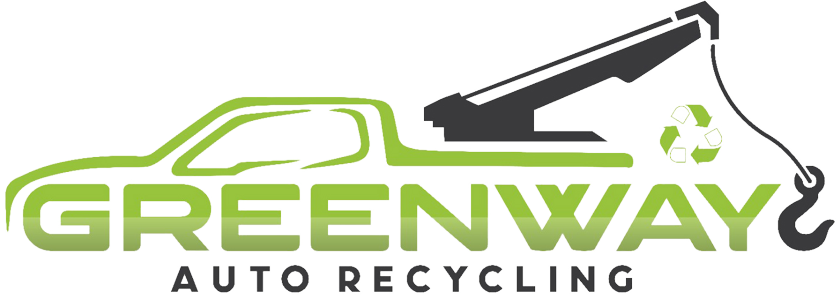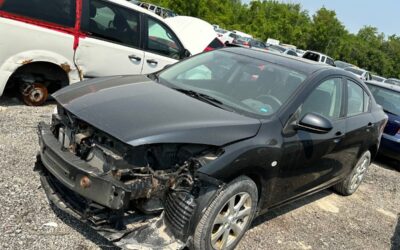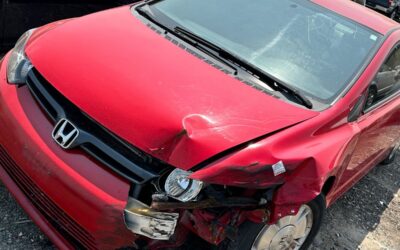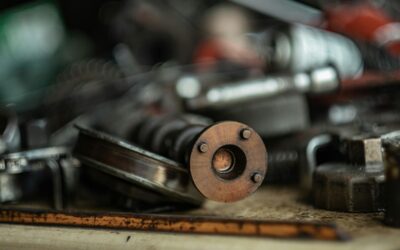Introduction
If you’re thinking of scrapping your old car or selling parts separately, don’t overlook the transmission. It’s a valuable component because of its metal content. Even if it’s broken or non-functional, a vehicle transmission still retains good scrap value in Canada’s recycling industry. This guide provides current scrap pricing for different types of transmissions, explains the factors that affect prices, and lists estimated values across various provinces and municipalities.
Transmission Scrap Prices by Type (July 2025)
Most vehicle transmissions are made from aluminum, steel, or cast iron, and scrap yards determine payments based on weight and metal purity. Here’s a breakdown of average prices for manual, automatic, and CVT transmissions in Canada as of July 2025:
| Transmission Type | Average Weight | Scrap Rate per lb (CAD) | Estimated Value Range |
| Manual | 100–150 lbs | $0.10 – $0.25 | $10 – $37 |
| Automatic | 150–250 lbs | $0.15 – $0.30 | $22 – $75 |
| CVT | 120–200 lbs | $0.12 – $0.28 | $15 – $56 |
Province-Wise Scrap Prices (Estimated Values for Drained, Clean Transmissions)
| Province | Manual (CAD) | Automatic (CAD) | CVT (CAD) |
| Ontario | $20 – $40 | $40 – $100 | $30 – $85 |
| Quebec | $15 – $35 | $35 – $90 | $25 – $75 |
| British Columbia | $12 – $30 | $30 – $80 | $22 – $65 |
| Alberta | $10 – $28 | $28 – $75 | $20 – $60 |
| Manitoba | $10 – $25 | $25 – $60 | $18 – $50 |
| Saskatchewan | $8 – $22 | $20 – $55 | $15 – $45 |
| Nova Scotia / Atlantic | $10 – $30 | $30 – $70 | $20 – $55 |
Also Read: Scrap Car and Metal Prices in Ontario: What You Can Earn and Why They Fluctuate
Key Factors That Influence Vehicle Transmission Scrap Prices
What Affects Transmission Scrap Prices in Canada? Several key factors determine how much scrap yards will pay for a transmission. Here’s a detailed breakdown of what affects pricing:
1. Transmission Weight Scrap yards pay based on weight
A heavier transmission means more recyclable metal content, most notably aluminum and steel. Automatic transmissions usually weigh more (150 – 250 lbs) than manuals (100 – 150 lbs), so they pay more, too. If you’re unsure, weigh the unit before calling a scrap yard — it helps you get an accurate quote and a ballpark figure.
2. Type of Metal Inside
Scrap value comes from the metal content, not the part itself. Transmissions are made of:
-
- Aluminum (high-value) – Found in most automatic and CVT transmissions.
- Cast iron or steel (lower value) – Found mostly in older or manual transmissions.
- Copper (in small amounts) – Found in internal components or wiring, but it’s rarely extracted unless the transmission is fully dismantled.
3. Clean vs. Dirty Transmission
Scrap yards prefer transmissions that are clean, drained, and stripped of attachments. If a transmission still has:
-
- Oil or ATF inside
- Dirt or sludge on the casing
- Attached wires, hoses, or mounts
This usually leads to a lower offer from the scrap yard since the yard must spend extra effort to clean or drain it. A clean, stripped transmission is easier to process and always earns more.
4. Market Demand for Scrap Metal
The prices for aluminum, steel, and iron change every week. Scrap yards adjust their offers depending on:
-
- Global demand for metal
- Local supply and processing costs
- Transportation and export rates
For example, if aluminum prices fall on the market, the yard may offer less for the same transmission — even if it’s in perfect condition. That’s why scrap transmission prices can change every week or month.
5. Transmission Type (Manual, Automatic, CVT)
Different types are priced differently:
-
- Manuals: Lighter and simpler, often with more iron.
- Automatics: Heavier, often made with aluminum casing and internal steel gears.
- CVTs: Found in newer cars, mostly aluminum, but harder to dismantle.
Yards factor in not just weight but the metal composition. Automatic transmissions usually offer the best balance of higher weight and aluminum content, making them the most valuable for scrap.
6. Transmission Condition
If your transmission is in working or repairable condition, its value is significantly higher as a used auto part than as scrap. For damaged or non-working units, only the metal value counts. Some yards ask whether the part is working, and a few may offer more for repairable units to resell or refurbish.
7. Your Location (Province and City)
Prices vary across Canada depending on:
-
- Local metal recycling demand
- Number of competing scrap yards
- Transportation access and fuel costs
- Local metal recycling demand
For instance, cities like Toronto and Brampton have many recyclers and strong aluminum demand, so rates tend to be better. In remote areas with fewer buyers, prices can be 20–30% lower for the same item.
Also Read: Is It Worth Fixing Your Car After a Major Accident?
How to Prepare Your Transmission for Scrapping (And Maximize Its Value)
Before taking your transmission to a scrap yard, do the following to get the best payment:
-
- Drain all fluids completely.
- Wash down the outside to remove oily dirt.
- Remove any extra attachments such as wiring harnesses or rubber mounts.
- Check local yard rates before you go; some even offer pickup services, especially if you’re scrapping a complete vehicle.
Conclusion
Scrap transmission prices in Canada vary from typically $10 to $100, depending on the type, weight, and province. Manuals typically fetch less than Automatics or CVTs, and good, clean, drained transmissions always bring in more money. If you’re scrapping a transmission in Ontario, you may earn a slightly higher amount due to stronger local demand.
No matter where you’re located, check prices from at least two or three local yards before selling. If you’re in Ontario, contact Greenway Auto Recycling — we offer fast quotes, same-day pickup, and fair market rates for all types of transmissions and vehicle parts.





